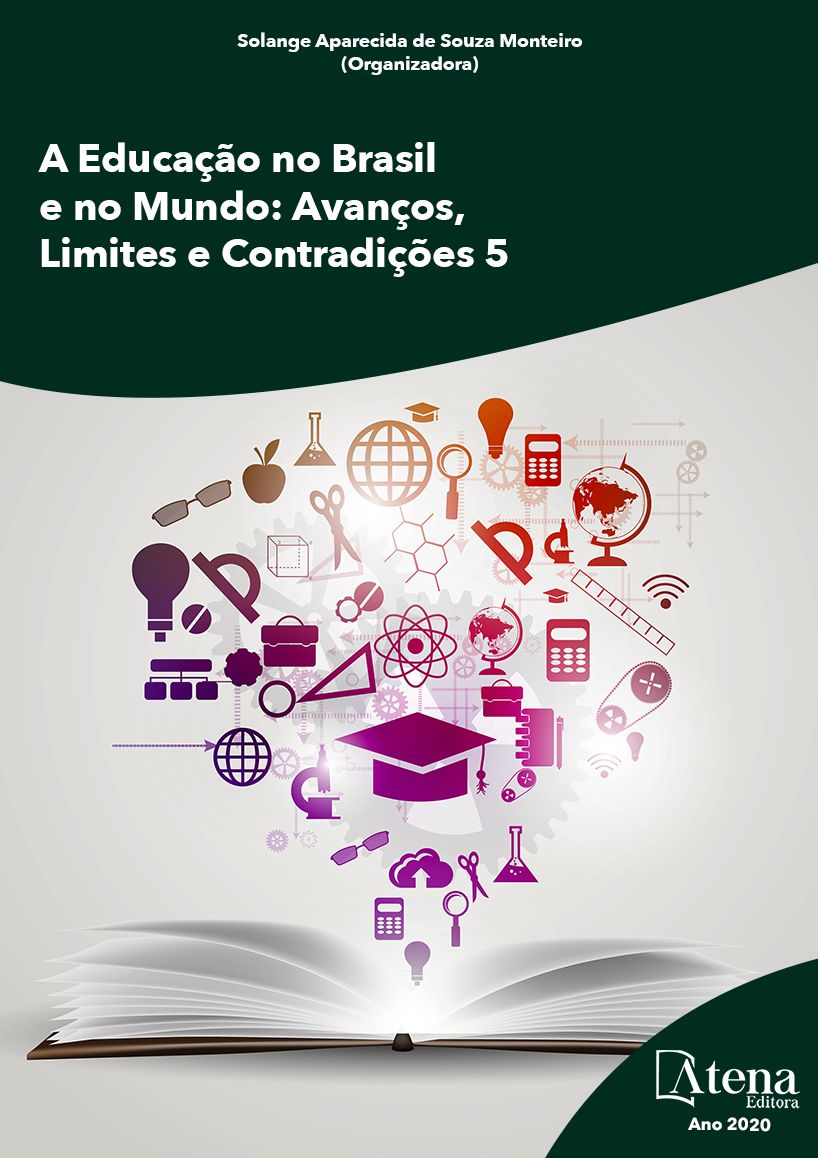
O MÉTODO TOTAL PHYSICAL RESPONSE (TPR) NO ENSINO DE INGLÊS PARA CRIANÇAS (LIC): CONSIDERAÇÕES SOBRE A ATMOSFERA MOTIVACIONAL POSSIBILITADA
Apesar de seu crescente e mundial
reconhecimento linguístico e pedagógico, o
ensino de Língua Inglesa (LI) no Brasil ainda se
mostra bastante problemático, principalmente
se observarmos a esfera educacional pública
do país. Ao transpormos essa questão para o
ensino de LI para Crianças (LIC), o problema
se agrava ainda mais. Assim, este trabalho
pretende investigar os possíveis resultados
de uma adaptação do método Total Physical
Response (TPR), desenvolvido por James
Asher, no ensino-aprendizagem de LIC,
oferecendo ao docente maior sistematização
e não o deixando à mercê do livro didático
ou de sua formação insatisfatória. Segundo
Larsen-Freeman (2000), o TPR propõe o
ensino de LE em um contexto de comandos e
ações, aproximando o seu aprendizado com
o da Língua Materna (LM) e proporcionando
uma experiência agradável e motivadora
aos alunos. Por meio de uma metodologia
qualitativa de cunho interpretativista, fez-se
isso em contexto de um instituto de idiomas,
com alunas de aproximadamente 9 anos de
idade, por um período de aproximadamente 2
meses. Concluiu-se que o TPR é um método
bastante útil no ensino-aprendizagem de LIC,
sobretudo porque ele possibilita um ambiente
de aprendizagem motivador; e crianças
tendem a aprender melhor quando se sentem
confortáveis, livres de pressão e motivadas
(ROCHA, 2009, p. 250). Entende-se que os
resultados aqui alcançados podem em muito
contribuir para o ensino-aprendizagem de LIC
no contexto brasileiro, orientando as práticas
pedagógicas dos profissionais da área de
ensino de LE e apresentando-lhes diferentes
maneiras de lidar com essa faixa-etária em sala
de aula.
O MÉTODO TOTAL PHYSICAL RESPONSE (TPR) NO ENSINO DE INGLÊS PARA CRIANÇAS (LIC): CONSIDERAÇÕES SOBRE A ATMOSFERA MOTIVACIONAL POSSIBILITADA
-
Palavras-chave: Ensino-aprendizagem de LE. Ensino de inglês para crianças. LIC. TPR. Motivação.
-
Keywords: Foreign language teaching and learning. Teaching EL for children. ELC. TPR. Motivation.
-
Abstract:
Despite its growing and worldwide
pedagogical and linguistic recognition, the
teaching of English Language (EL) in Brazil is
still quite problematic, especially if we look at
the public educational sphere of the country.
By looking at the issue in teaching EL for
Children (ELC), the problem is further aggravated. Thus, this paper aims to investigate
the possible results of an adaptation of the method Total Physical Response (TPR),
developed by James Asher, in the teaching and learning of ELC, providing the teacher
more systematization and not leaving him/her at the mercy of his/her unsatisfactory
formation. According to Larsen-Freeman (2000), TPR proposes FL teaching in a context
of commands and actions, approaching its learning with Mother Language (ML) and
providing an enjoyable and motivating experience to students. Through a qualitative
methodology of interpretative nature, we did it in the context of a language institute
with students from about 9 years old, for a period of approximately 2 months. It was
concluded that the TPR is a very useful tool for teaching and learning ELC, particularly
because it enables a motivating learning environment; and children tend to learn better
if they feel comfortable, free from pressure and motivated (ROCHA, 2009, p. 250). It is
understood that the results here achieved can contribute to the teaching and learning
of ELC in the Brazilian context, guiding the pedagogical practices of professionals of
the LE teaching area and showing them different ways to deal with this age group in
classrooms.
-
Número de páginas: 18
- Monique Vanzo Spasiani


